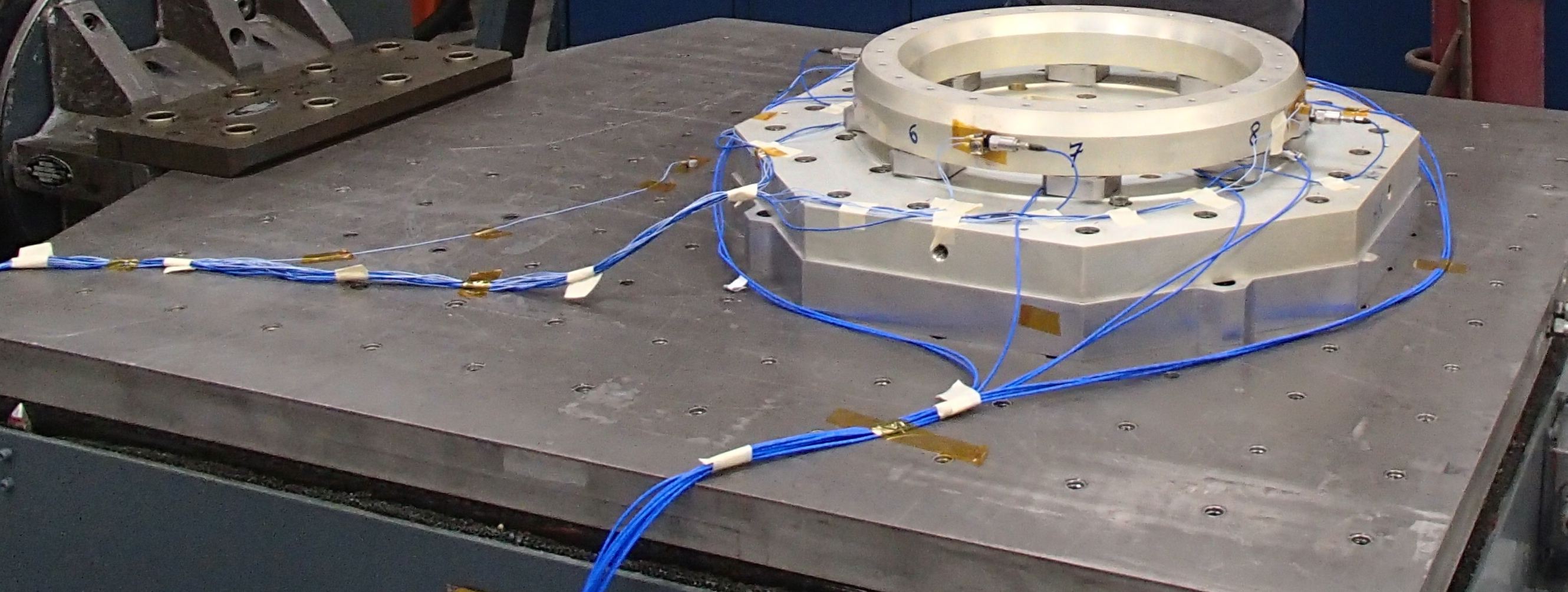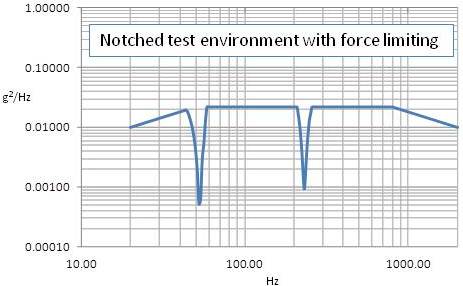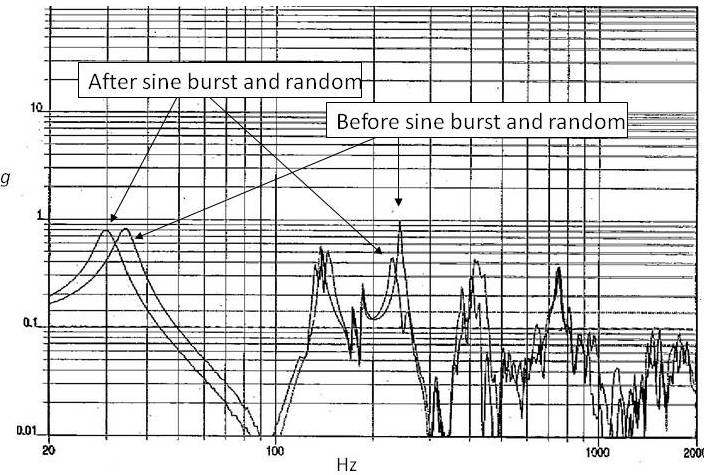Course Outline
–Introduction
- Overview
- Shaker basics
- Test objectives
- Review: mechanics of vibration; transmissibility
- Common types of vibration tests
- Pass/fail criteria
- Limitations of testing on a shaker
- Dry running the test
- Test Configuration, Fixtures, and Instrumentation
- Test article configuration
- Test fixture design
- Providing a flight-like interface
- Mass simulator design
- Use of accelerometers
- Strategies for determining base force and moment
- Low-level Sine Sweeps
- Objectives
- Sweep rate
- Interpreting test data
- Deriving damping from test data
- Comparing pre- and post-test data; possible causes of differences
- Criteria for comparisons
- Limitations of sine-sweep comparisons in detecting failure
- Sine Burst Testing
- Overview and objectives
- Applicable standards
- Limitations of sine-burst test effectiveness
- Pass/fail criteria
- Deriving the target acceleration for the test article
- Selecting the sine-burst frequency
- Accounting for dynamic amplification
- Potential problems and recommendations
- Random Vibration Testing
- Introduction to random vibration
- Acceleration (or power) spectral density: understanding g2/Hz
- Significance of the root-mean-square acceleration
- How test environments are typically derived
- NASA and DOD standards
- Data resolution
- Pretest predictions
- Interpreting test data
- Notching and Force Limiting
- What is notching, and why do we do it?
- Technical justification for notching
- Methods of notching: force limiting, response limiting, and manual notching
- Force limiting: NASA-HDBK-7004C, test configuration options, semi-empirical method of deriving force limits, examples, pretest analysis, modification during test
- Response limiting
- Manual notching
- Test Documentation and Reviews
- Test plan and procedure
- Getting buy-in before the test
- Test-readiness review
- Pre-teardown review
- Flash report
- Test report
–Summary



